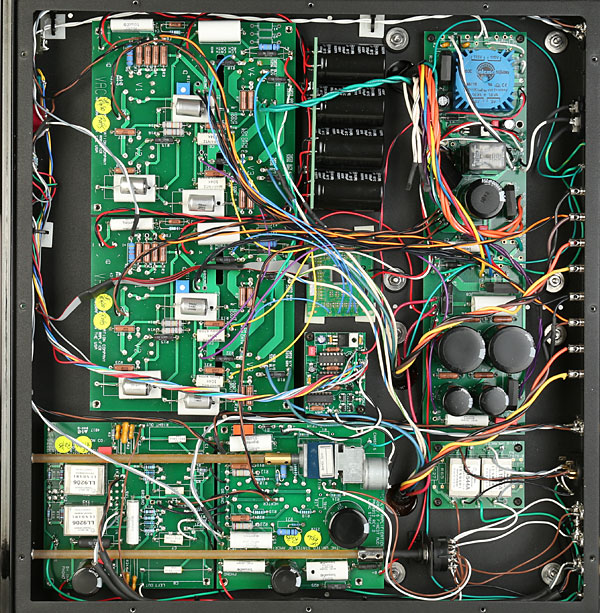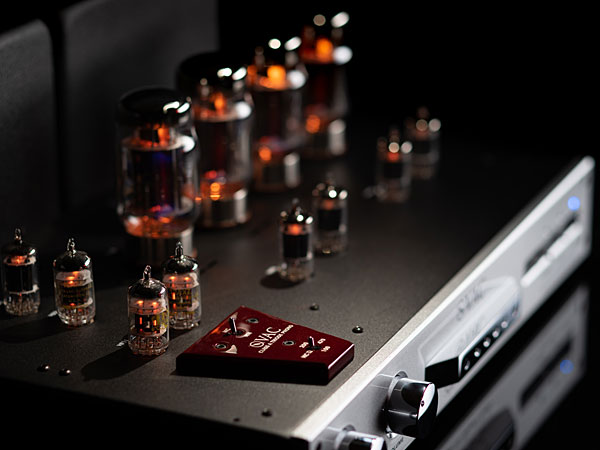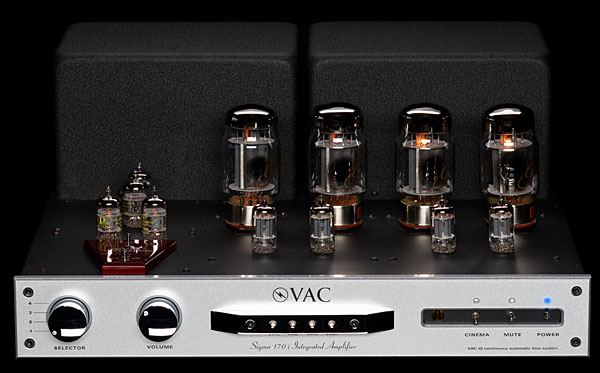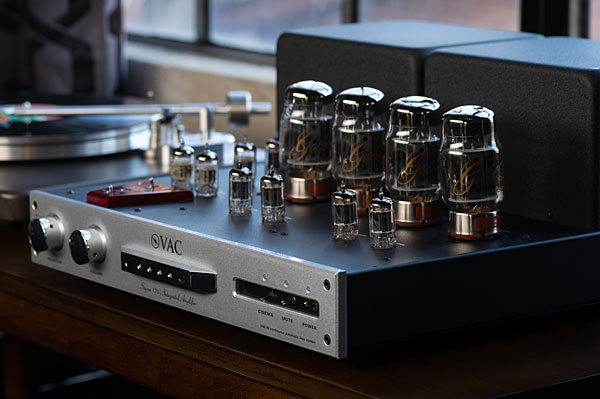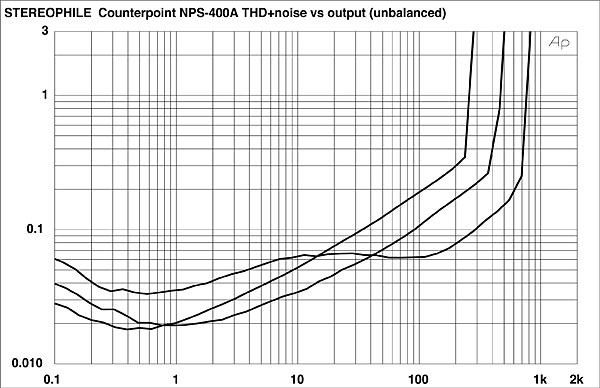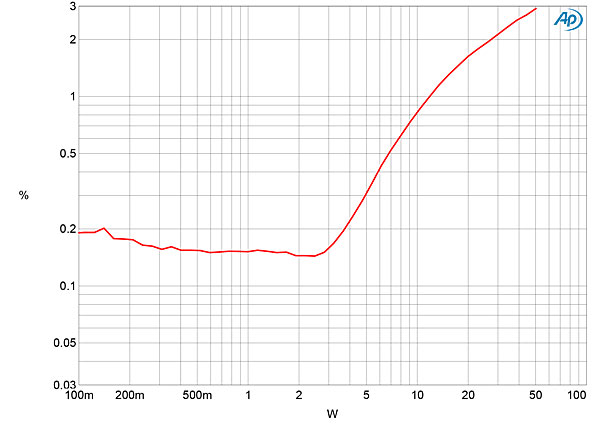| Columns Retired Columns & Blogs |
Not hidden by out of focus camera work or Photo manipulation like is common for Chinese Audiophile stuff.
A Quality product made by Loyal Employees at a Fair price.
Is $10,000 a fair price? , the reviewer seems to think so. ( seems pricy to me )
Tony in Venice Florida ( about 25 miles from this outfit )
